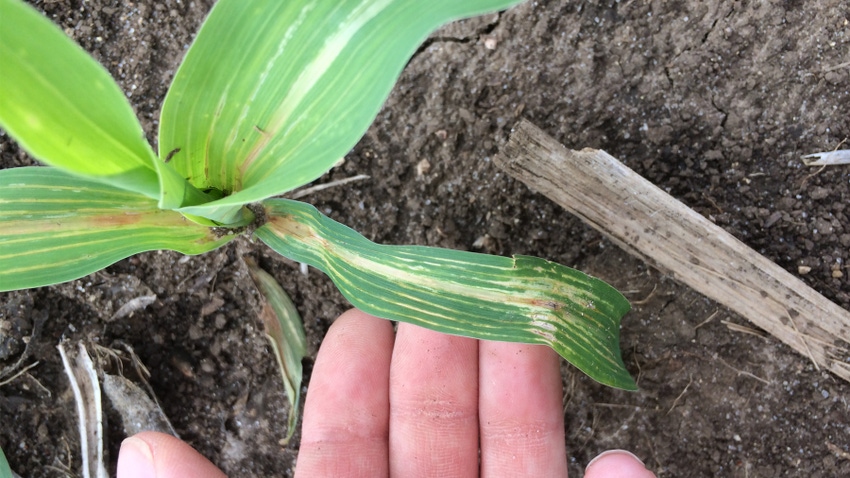April 23, 2024

by Mike Owen
Given the dry conditions that prevailed Iowa in 2023, there will be herbicide carryover in 2024. Suspect herbicides that are likely to carry over include but are not limited to:
atrazine (Group 5)
clopyralid (Group 4, Stinger)
various HPPD inhibitor herbicides (Group 27, includes products such as Callisto, Balance Flexx and Laudis)
The accuracy, evenness and timing (i.e., later in the season) of the 2023 herbicide applications can increase the potential for interactions with 2024 herbicides.
However, just because herbicide residues exist in the soil does not mean that crops will succumb to herbicide injury. If spring conditions are not stressful to the 2024 crop, herbicide injury may not occur.
Extremes in soil moisture and/or temperatures that cause crop stress increase the chances that herbicide carryover injury will occur. Stress from herbicides applied in 2024 also can additively cause additional stress, resulting in herbicide carryover symptoms.
Generally, herbicide carryover is seen in isolated areas in fields. Areas with low organic matter, high pH or where herbicide rates are high due to application issues are likely to have herbicide carryover injury.
While bioassay testing is mentioned as a tactic to better understand the potential for herbicide carryover, accuracy is questionable given the spotty nature of areas where herbicide carryover is found. Often, the results are false positives or negatives.
What to do
Several strategies will help reduce the risk of herbicide carryover issues in 2024.
Plant into favorable conditions, specifically soil temperatures and moisture, which will lessen stress on the developing crop and will help keep herbicide carryover symptoms from developing.
Apply herbicides on a timely basis this spring with correct application rates and evenness that avoids overlaps, which will be extremely helpful in avoiding problems from herbicides applied in 2023.
Recognize historical information about fields and plant those fields with past herbicide carryover issues later when conditions improve, which will result in less stress on the crop seedlings.
Delay the planting of fields that had later herbicide applications in 2023 and were treated with the aforementioned “suspect” herbicides.
Avoid treating fields in 2024 with herbicides of similar types of those in 2023 (i.e., atrazine in 2023 and metribuzin in 2024).
While the risk of herbicide carryover is quite widespread across Iowa due to the persistently dry conditions, the concern in any individual field depends on the local environment, as well as past and current management practices. Use the above strategies to reduce the risk of an undesirable crop response this spring.
Mike Owen is a retired Iowa State University Extension weeds specialist.
You May Also Like




